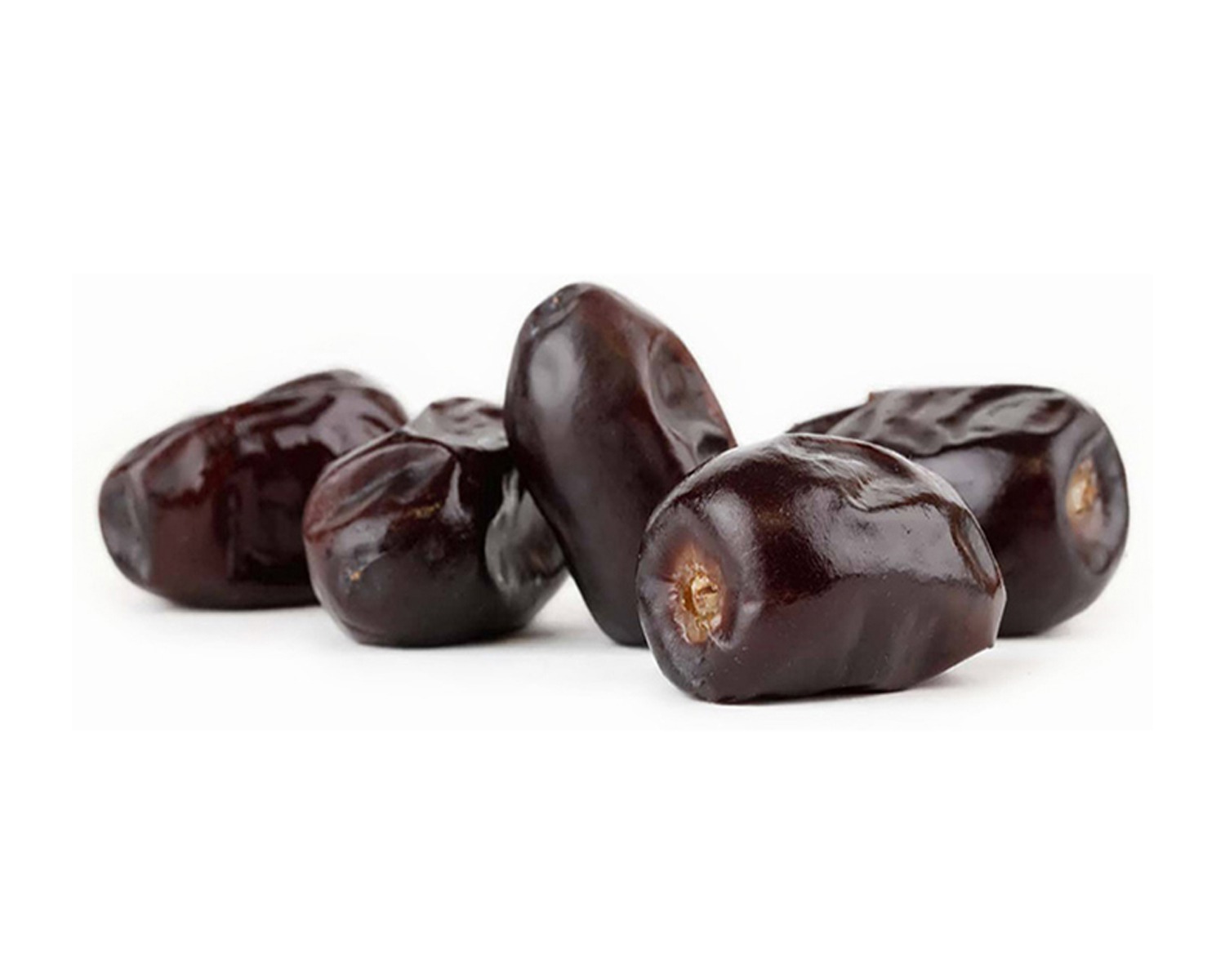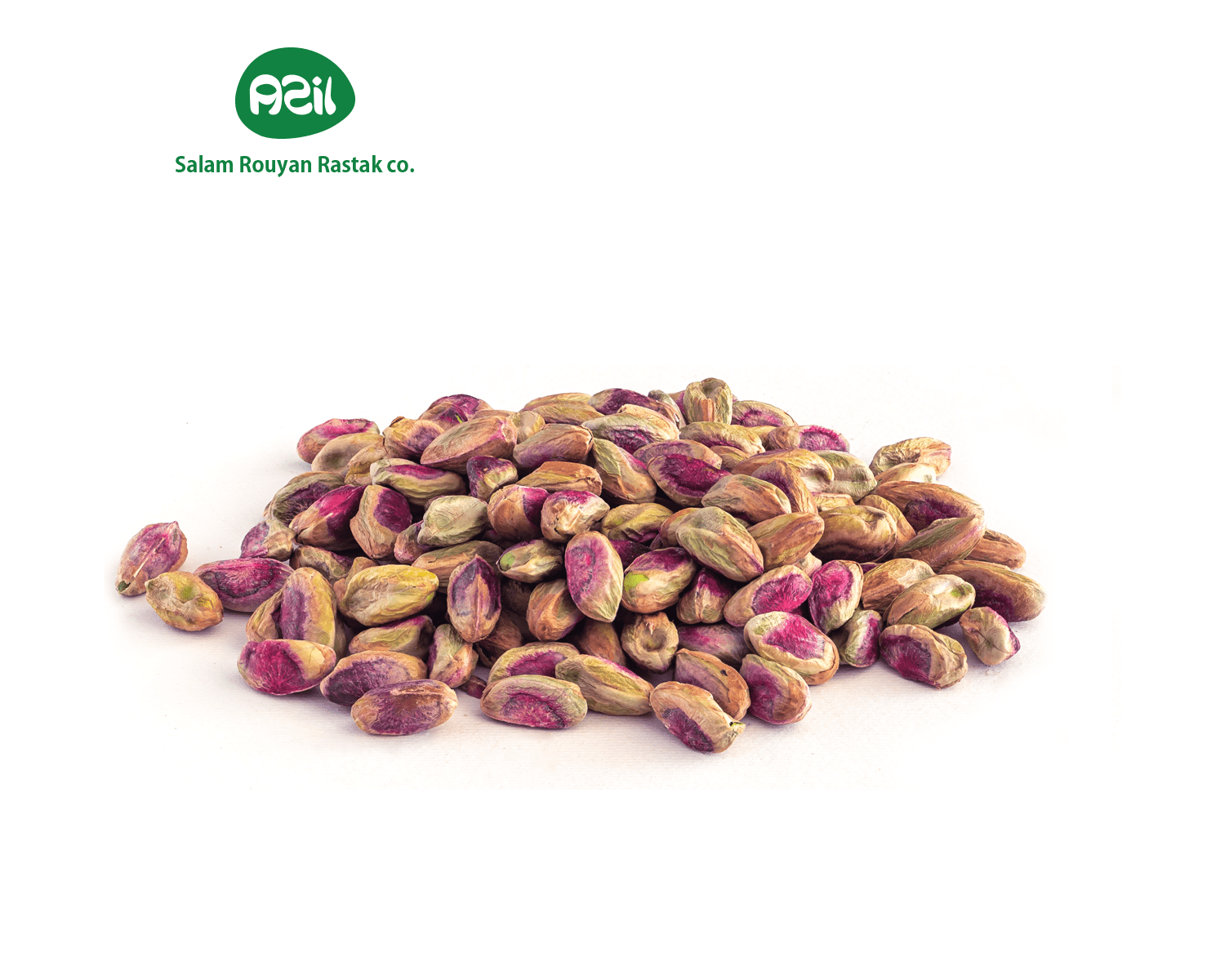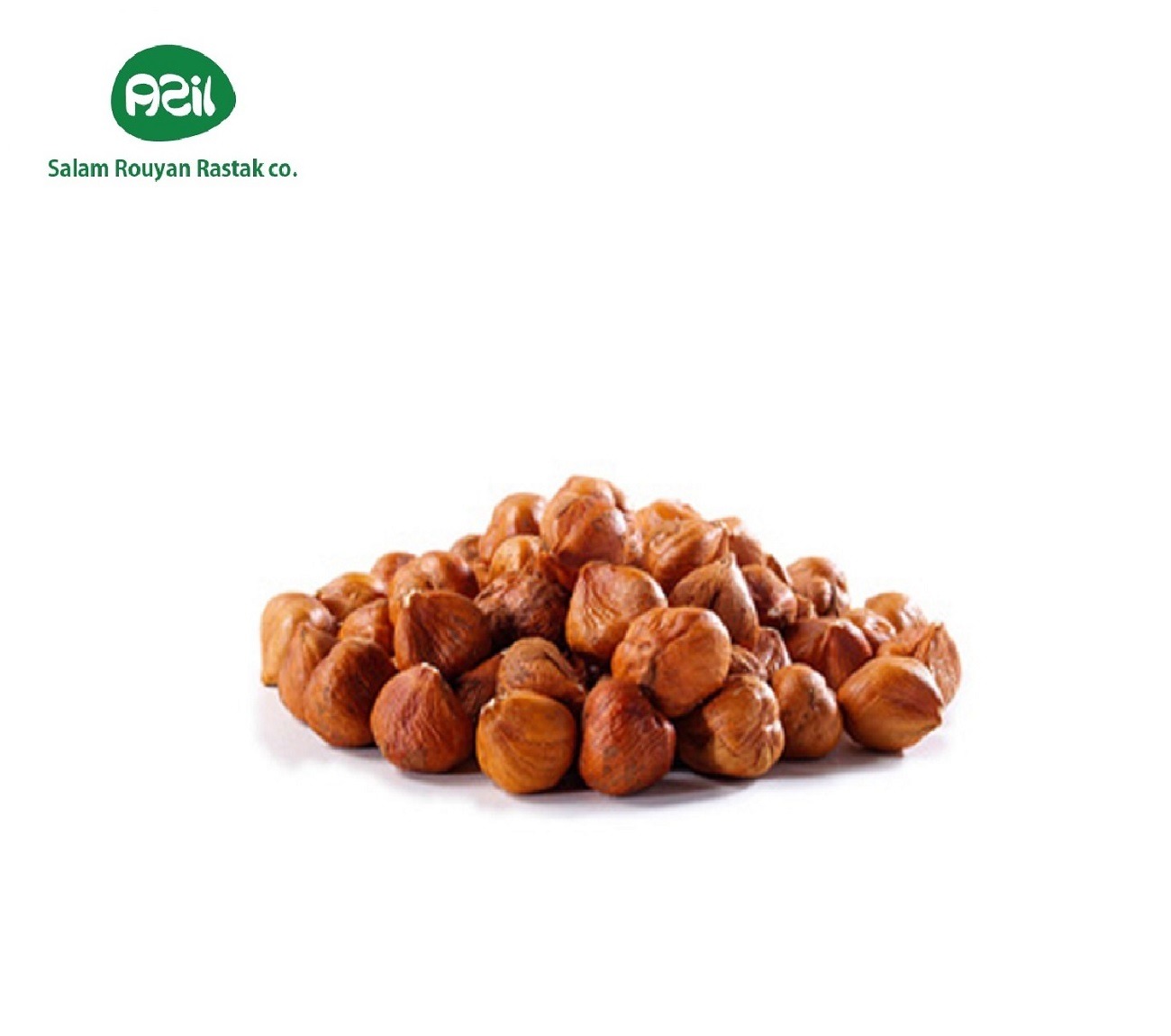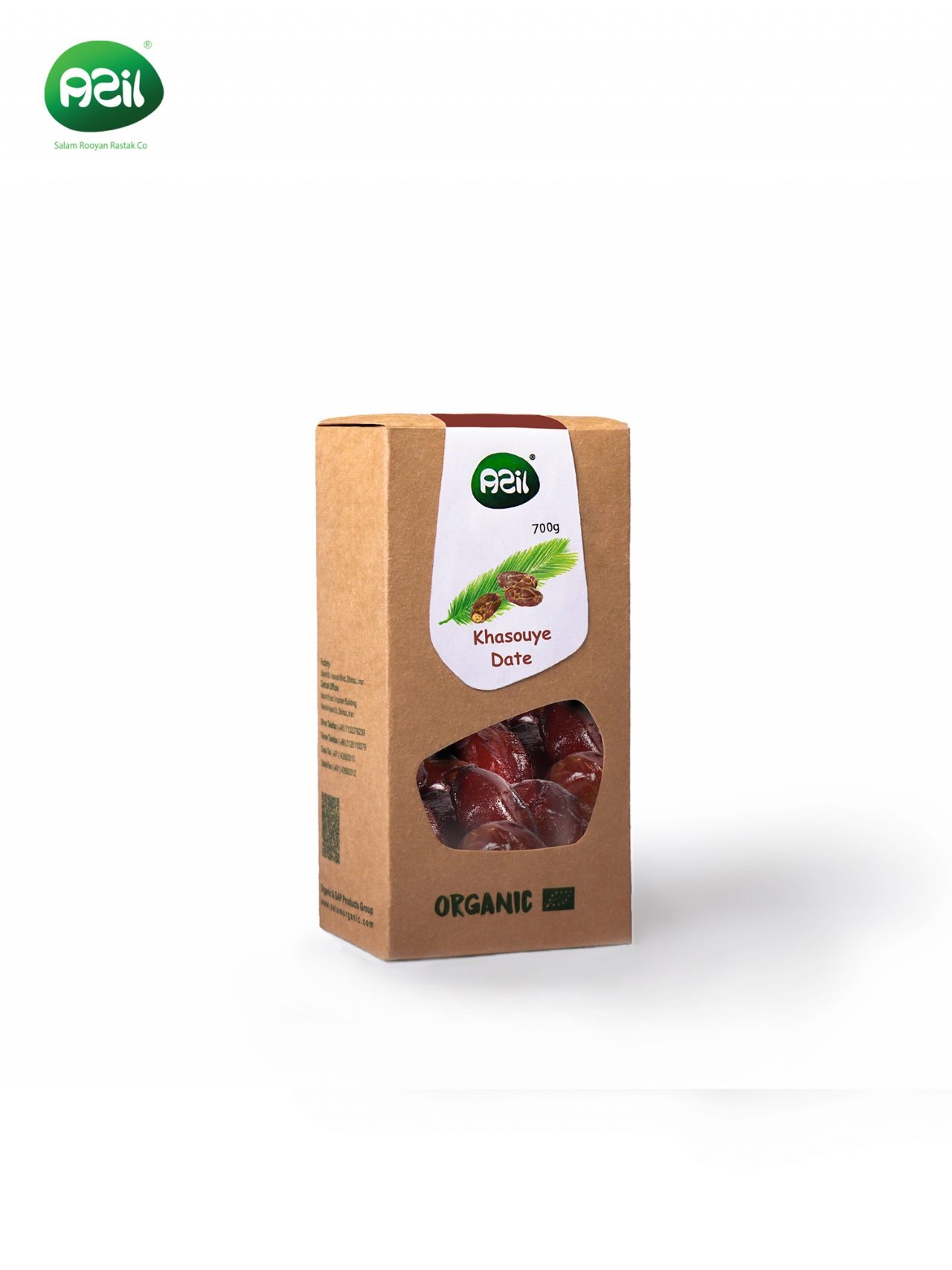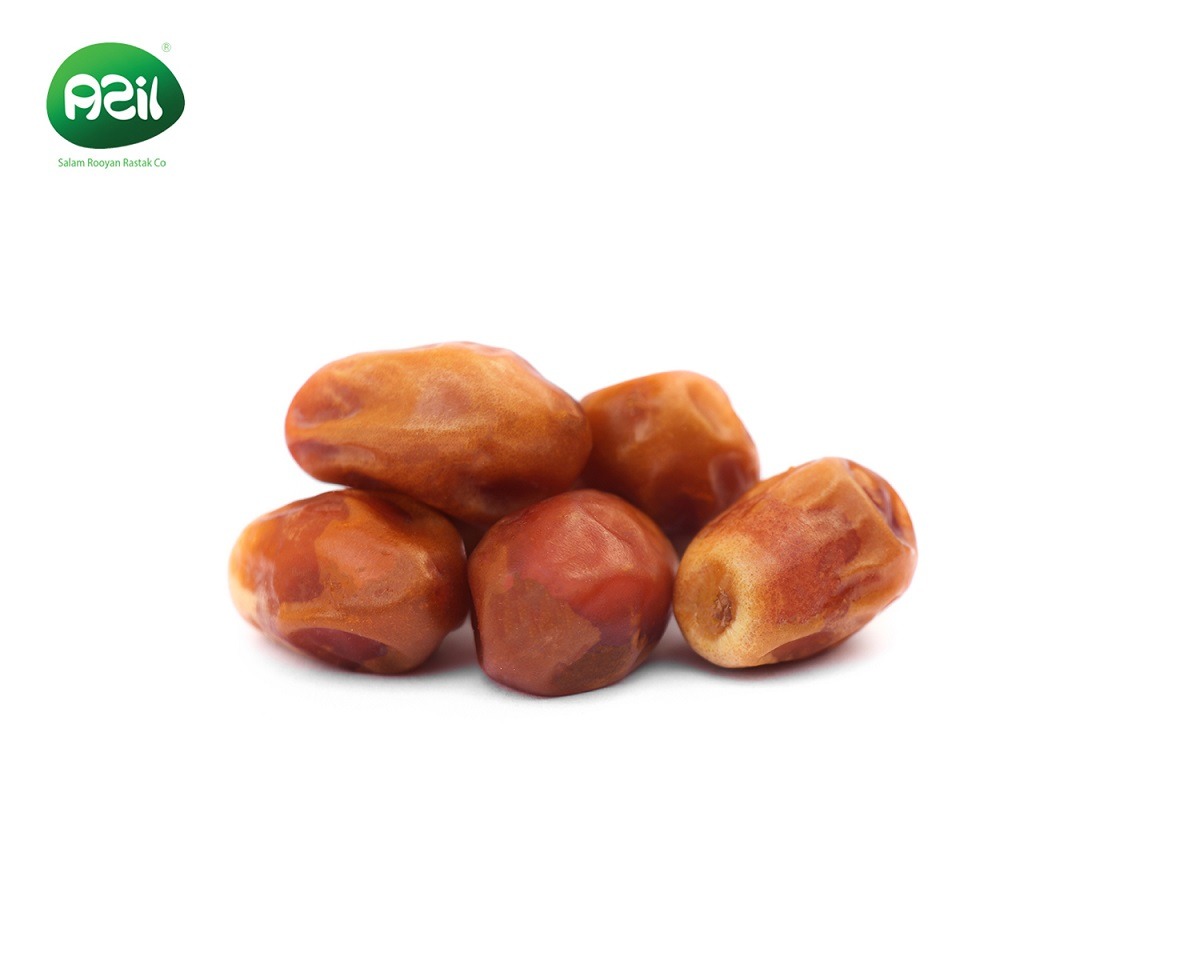-
Oct 08 2025 Persian Dates in Summer Evening Stories
Persian dates, with their caramel sweetness, enrich Iran’s summer evening storytelling sessions, captivating listeners. Known as “khorma,” these fruits shine at 07:35 AM +04 on October 08, 2025. For example, families share them during outdoor tale-telling nights. This article explores how Persian dates enhance summer evening storytelling session traditions, their cultural significance, and their health […]
-
Oct 07 2025 Persian Almonds in Autumn Dusk Tales
Persian almonds, with their crisp richness, warm Iran’s autumn dusk storytelling sessions, inspiring narratives. Known as “badam,” these nuts shine at 08:35 AM +04 on October 07, 2025. For example, families share them during cozy evening gatherings. This article explores how Persian almonds enhance autumn dusk storytelling session traditions, their cultural significance, and their health […]
-
Oct 06 2025 Persian Pistachios in Winter Family Games
Persian pistachios, with their green richness, enliven Iran’s winter family games, fostering fun indoors. Known as “pesteh,” these nuts shine at 08:47 PM +04 on September 27, 2025. For example, families share them during board game sessions. This article explores how Persian pistachios enhance winter family game traditions, their cultural significance, and their health benefits. […]
-
Oct 05 2025 Persian Almonds in Autumn Noon Storytelling
Persian almonds, with their crisp richness, enrich Iran’s autumn noon storytelling sessions, sparking imagination. Known as “badam,” these nuts shine at 08:46 AM +04 on October 05, 2025. For example, families share them during engaging midday tales. This article explores how Persian almonds enhance autumn noon storytelling session traditions, their cultural significance, and their health […]
-
Oct 04 2025 Persian Hazelnuts in Winter Evening Board Game Nights
Persian hazelnuts, with their nutty warmth, enhance Iran’s winter evening board game nights, fostering fun. Known as “funduq,” these nuts shine at 06:15 AM CEST on September 12, 2025. For example, families share them during indoor gaming sessions. This article explores how Persian hazelnuts elevate winter evening board game night traditions, their cultural significance, and […]
-
Oct 03 2025 Organic Chopped Dates: Iran’s Sweet Snack
Try organic chopped dates from Iran, great for snacks and baking. Enjoy their sweet taste and health perks. Shop top quality now!
Introduction
Organic chopped dates come from Iran’s sunny palm groves. They are sweet, soft, and easy to use. Moreover, these dates shine in the dried fruits market. Grown without chemicals, they are pure and eco-friendly. […] -
Oct 02 2025 Organic Khaseh Dates: Iran’s Sweet Treat
Try organic Khaseh dates from Iran, great for snacks and recipes. Enjoy their rich taste and health perks. Shop top quality now
Introduction
Organic Khaseh dates grow in Iran’s sunny palm groves. They are sweet, soft, and full of flavor. Moreover, these dates shine in the dried fruits market. Grown without chemicals, they are pure and eco-friendly. […] -
Oct 01 2025 Organic Shakhouni Dates: Iran’s Sweet Gem
Try organic Shakhouni dates from Iran, great for snacks and recipes. Enjoy their rich taste and health perks. Shop top quality now!
Introduction
Organic Shakhouni dates grow in Iran’s sunny palm groves. They are sweet, soft, and full of flavor. Moreover, these dates shine in the dried fruits market. Grown without chemicals, they are pure and eco-friendly. […] -
Sep 30 2025 Organic Zahedi Dates: Iran’s Golden Sweet
Try organic Zahedi dates from Iran, great for snacks and recipes. Enjoy their sweet taste and health perks. Shop top quality now!
Introduction
Organic Zahedi dates come from Iran’s sunny palm groves. They are sweet, golden, and chewy. Moreover, these dates are a favorite in the dried fruits market. Grown without chemicals, they are pure and eco-friendly. […] -
Sep 29 2025 Organic Piyarom Dates: Iran’s Premium Gem
Discover organic Piyarom dates from Iran, perfect for snacking and cooking. Enjoy their rich flavor and health benefits. Shop premium quality now!
Introduction
Organic Piyarom dates, harvested from the Phoenix dactylifera palm in Iran’s sun-drenched groves, are a premium, semi-dry delicacy known for their rich, caramel-like flavor and soft texture. A star in the premium dried fruits […]

